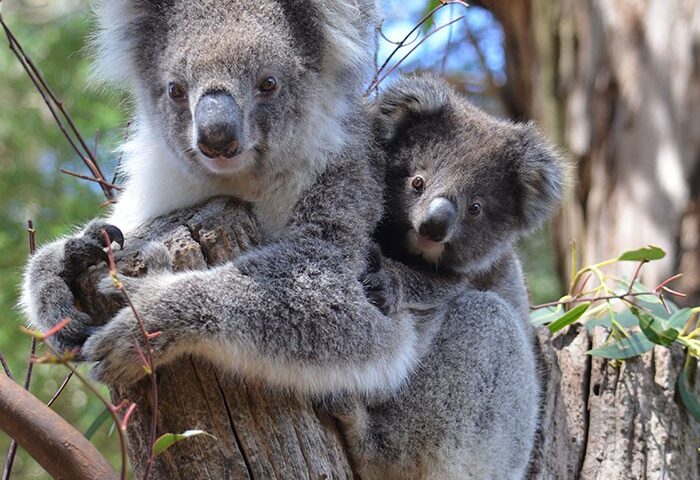The Pink Dolphins Of Hong Kong
(Sousa Chinensis) Also called Chinese White Dolphin.
| Disaster Avoided Why are they called Pink Dolphins? Pollution threat | Studying the Pink Dolphins Other Threats The Species Range |
DISASTER AVOIDED
They look from a distance like belugas – totally white. They are called pink dolphins but they are not often pink; generally white when adults. But when they are pink it is a flaming cotton candy pink. An amazing sight.
They surfaced in groups of between four and ten; sometimes playing, sometimes rolling their backs and throwing their tails high in a dive. I watched them transfixed, feeling the sense of privilege I so often feel when with whales and dolphins.
The hydrofoil for Macao came roaring out of Hong Kong harbor, heading straight for the dolphins. On it came at nearly 30 miles per hour. The dolphins dove. It looked like a catastrophe was imminent – the huge boat churning the sea, making straight for the point I’d last seen the dolphins. Engines roaring, throwing huge twin rooster tail stern wakes, it passed on its way across the mouth of the Pearl River estuary toward the former Portuguese colony. My attention was fixed on the spot where the dolphins had disappeared.
The white waves coming off the hydrofoil formed and spread in a narrow V foaming at the crest. My eyes bore into the waves searching. And then, just below a white crest, I saw a ghostly bullet-like shape hurtling within the wave, then emerging to slide down the face, dorsal fin cutting the water. Inside I cheered.
A collective sigh of relief vented from my fellow dolphin watchers, a group of forty teachers from a single Hong Kong school spending the day with Eco-Action to learn about Sousa chinensis, the humpback dolphin. The dolphins resumed their leisurely travels toward the huge smoke stacks which dominate the shore en route back to the harbor.
Jenny Cheng and her colleague Thomas Tue of Eco-Action conducted an educational and energetic presentation for the teachers throughout the day trip to enable them to impart information about Hong Kong’s dolphins to their students.
Email:thomas@ecoaction.com.hk
Website: www.hkdcs.org/index_en.htm
WHY ARE THEY CALLED PINK DOLPHINS?
The most likely explanation for why the humpback dolphins exhibit a pink color from time to time is that they are able to expand their blood vessels to enable themselves to thermoregulate, i.e. release body heat. The red blood vessels make the surface of the skin pink. This can be frequently seen in other dolphin species with light colored skin when the dolphin becomes flushed with excitement.
POLLUTION THREAT
There are estimated to be some 1,400 pink dolphins in the waters of the Pearl River estuary and the adjacent waters of Hong Kong. Basically they live as the end of a long sewage line. The Pearl River drains much of the land of southeast China, including industrial and agricultural runoff and untreated human sewage.
 Because these dolphins are drawn to the mixing of fresh and salt waters at the mouths of large rivers to feed on anchovy, mullet, croackers and lion-heads, they are often found near large cities. They are, for instance, found near Shanghai and Singapore. This, unfortunately, puts them at risk from the pollution which flows from agriculture and industry, and in some cases, such as the Pearl River estuary, from humane and animal waste that is virtually untreated.
Because these dolphins are drawn to the mixing of fresh and salt waters at the mouths of large rivers to feed on anchovy, mullet, croackers and lion-heads, they are often found near large cities. They are, for instance, found near Shanghai and Singapore. This, unfortunately, puts them at risk from the pollution which flows from agriculture and industry, and in some cases, such as the Pearl River estuary, from humane and animal waste that is virtually untreated.
It is a sad commentary on the state of the waters of the Pearl River and its estuary that there is only limited value in cleaning up the pollution flowing from the huge city of Hong Kong. Since the waters around Hong Kong are already massively polluted from mainland China, cleaning up the relatively small flows from Hong Kong would have only limited value. But efforts are now being made by Hong Kong to obtain the cooperation of the authorities upstream along the Pearl River to institute pollution mitigation.
Some of the chemicals found in the dolphins are DDT and PCBs, heavy metals such as mercury and cadmium and high levels of streptococus coming from human and animal waste.
It should not be lost on any of us that we depend on the seas for a vast amount of animal protein and there is no doubt that that the waters off Hong Kong are only one example of the contamination of fish resources worldwide.
See related stories:
Fish in Your Diet: How Safe is it?
Whale and Dolphin Meat: Dangerous Levels of Toxins
STUDYING THE PINK DOLPHINS
Samuel Hung of the University of Hong Kong has been studying the dolphins near Hong Kong for some five years. He is currently using boat surveys to more closely define population levels, range and threats to the dolphins. He also publishes an excellent magazine about the wildlife of the Hong Kong area – Hong Kong Discovery, which is published in both English and Chinese.
I had the privilege of accompanying Sam on one of his survey trips and watched as he and his assistants took identification shots of the dorsal fins of the dolphins they encountered.
Stranded dolphins are necropsied to determine what they reveal about pollution levels in the dolphins’ tissues. The results of these studies also give a good indication of the general marine eco-system which supports the dolphins.
Samuel’s company also conducts dolphin watches.
Email:kyhung@attglobal.net
Website:www.hkdiscovery.com
OTHER THREATS
The pink dolphins of the Hong Kong area are no dummies. They know they can obtain food with very little effort by following fishing trawlers. But the free lunch comes at a price – some dolphins become entangled in the trawl gear and drown.
As I saw on my first day with the pink dolphins, the threat of vehicle collision is a real problem. Though a small area has been declared a marine reserve, the huge and very fast hydrofoils and catamarans traversing the waterways between the great cities of southeast China run right through. The danger of collission with the dolphins is very real and dolphins are severely injured and killed. Though dolphins have sophisticated sonar the enormous noise eminating from the ferry boats can defeat the dolphins ability to escape.
SPECIES RANGE
Indo-Pacific humpback dolphins can be found in coastal waters of the Indian and western Pacific oceans from Africa to India to Australia and as far north as Shanghai, China.



